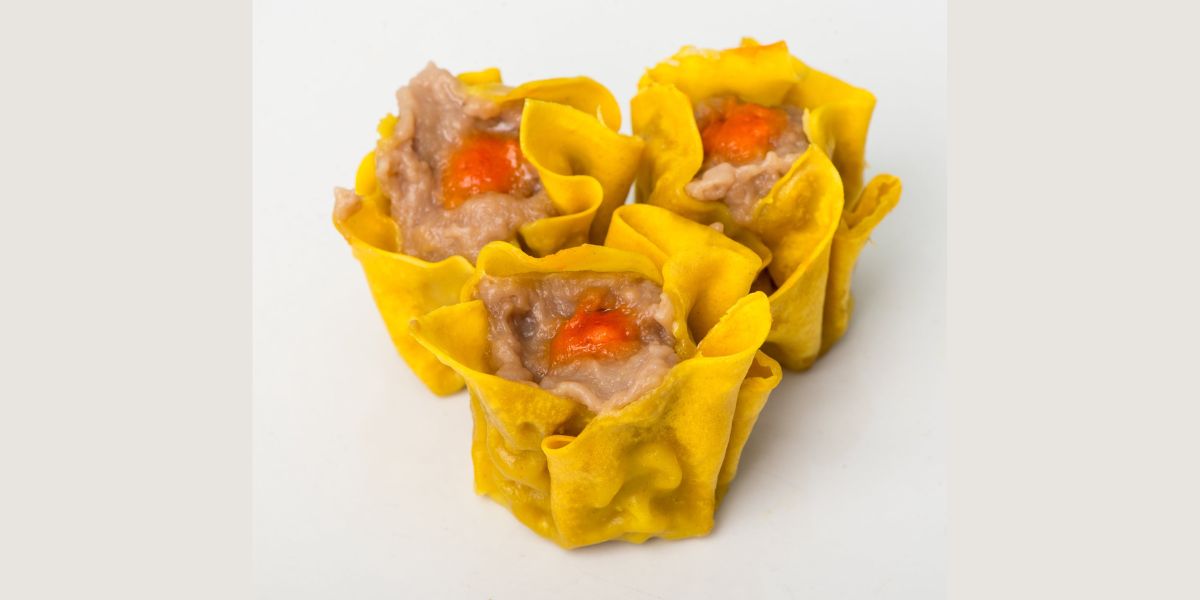

Articles
How To Cook Siomai Without Steamer
Modified: August 28, 2024
Discover how to cook siomai without using a steamer with these helpful articles. Find step-by-step instructions and tips for a delicious homemade siomai experience.
(Many of the links in this article redirect to a specific reviewed product. Your purchase of these products through affiliate links helps to generate commission for Storables.com, at no extra cost. Learn more)
Introduction
Cooking siomai without a steamer may seem impossible or challenging, but fear not! There are actually several methods you can try to achieve the same delicious results. Siomai is a popular Chinese dumpling dish filled with a flavorful mixture of ground meat, vegetables, and seasonings. Traditionally, siomai is steamed in a bamboo steamer, which helps to lock in its moisture and preserve its delicate texture. However, if you don’t have a steamer at home, don’t worry! This article will guide you through alternative methods that you can use to cook siomai without a steamer.
Whether you’re a novice cook or a seasoned chef, learning how to cook siomai without a steamer will open up new possibilities in your culinary repertoire. By using readily available kitchen tools and some creative techniques, you can still enjoy the delectable taste of siomai without investing in a steamer.
In this article, we will explore three different methods to cook siomai without a steamer. Each method offers its own unique approach and requires varying cooking times. So, let’s dive in and discover how to create delicious siomai using alternative cooking techniques!
Key Takeaways:
- Cooking siomai without a steamer is achievable using a pan, microwave, or makeshift bamboo steamer setup. Get creative with fillings and enjoy this delicious dish at home without specialized equipment.
- Whether using a pan, microwave, or makeshift steamer, leave space between siomai, adjust cooking times, and serve fresh for delicious homemade dumplings. Experiment with flavors and enjoy the versatile and flavorful siomai!
Overview of Siomai
Siomai, also known as “shumai,” is a popular Chinese dim sum dish enjoyed by people all over the world. It is believed to have originated from Southern China and has become a staple in many Asian cuisines.
Siomai typically consists of a thin, translucent wrapper made from wheat flour and water. Inside the wrapper, you’ll find a delectable filling made from minced meat, usually pork or a combination of pork and shrimp, mixed with various seasonings and vegetables.
The flavors of siomai can vary depending on regional preferences and individual recipes. Common ingredients used in the filling include minced pork, shrimp, finely chopped vegetables like carrots, mushrooms, and water chestnuts, and a combination of aromatic seasonings such as garlic, ginger, soy sauce, and sesame oil.
Siomai is known for its delicate and juicy texture, as well as its savory and umami-rich flavors. It is typically served with different condiments, such as soy sauce, calamansi (a citrus fruit), and chili oil, to enhance its taste.
In Chinese cuisine, siomai is often steamed in bamboo steamers, which allows the flavors to meld together while maintaining the dumpling’s soft and tender texture. Steamed siomai is a healthier alternative to fried dumplings, as it uses minimal oil and retains more of the nutrients from the ingredients.
Siomai has gained popularity in many countries, and you can now find variations of this dish in different cuisines. It has become a versatile culinary creation, with fillings ranging from traditional pork and shrimp to unique combinations like chicken and mushroom, beef and cabbage, or even vegetarian versions made with tofu or mushrooms.
Now that we have a good understanding of siomai and its components, let’s move on to the exciting part – cooking siomai without a steamer!
Cooking Siomai without Steamer
While using a steamer is the traditional method for cooking siomai, there are alternative ways to achieve delicious results even without one. Here, we will explore three different methods you can try: using a pan and water, using a microwave, and using a bamboo steamer setup.
Method 1: Using a Pan and Water
This method is quick and straightforward. Start by filling a pan with about an inch of water and bring it to a simmer. Place a heatproof plate on top of the pan, ensuring that it doesn’t touch the water. Arrange the siomai on the plate, leaving space between each dumpling. Cover the pan with a tight-fitting lid and let the siomai steam for about 15-20 minutes, or until they are fully cooked and firm to the touch.
Method 2: Using a Microwave
If you’re looking for a time-saving option, using a microwave can be a viable choice. Arrange the siomai on a microwave-safe plate, leaving some space between each dumpling. Place a microwave-safe cover or damp paper towel over the plate to trap steam. Microwave the siomai on high power for 2-3 minutes, then check for their doneness. If needed, continue microwaving them in 30-second intervals until they are fully cooked.
Read more: How To Make Tamales Without A Steamer
Method 3: Using a Bamboo Steamer Setup
If you don’t have a traditional bamboo steamer, you can create a makeshift setup using items you likely have at home. Start by finding a large pot with a lid and a steaming rack or a heatproof plate that can fit inside. Fill the pot with water, making sure it doesn’t touch the steaming rack or plate. Arrange the siomai on the rack or plate, leaving space between each dumpling. Cover the pot with the lid and bring the water to a simmer. Steam the siomai for about 15-20 minutes, or until they are cooked through.
Whichever method you choose, make sure to check the doneness of the siomai before serving. The filling should be cooked through, and the wrappers should be translucent and slightly firm to the touch. Serve your homemade siomai with your favorite dipping sauce and enjoy!
While these alternative methods may not yield the exact same results as using a traditional steamer, they are effective ways to cook siomai without compromising on taste and texture. Now that you know how to cook siomai without a steamer, you can enjoy this delightful dish anytime, even if you don’t have specialized equipment.
Method 1: Using a Pan and Water
Cooking siomai without a steamer is possible by using a simple pan and water setup. This method is convenient and doesn’t require any specialized equipment.
Here’s how you can cook siomai using a pan and water:
- Fill a pan with about an inch of water and place it on the stovetop over medium heat. Allow the water to come to a simmer.
- Take a heatproof plate that fits snugly on top of the pan without touching the water. This will act as your steaming surface for the siomai.
- Arrange the siomai on the plate, making sure to leave some space between each dumpling to ensure even cooking.
- Cover the pan with a tight-fitting lid to trap the steam inside. This will help cook the siomai thoroughly.
- Allow the siomai to steam for about 15-20 minutes. The exact cooking time may vary depending on the size of the siomai and the heat level.
- To check the doneness of the siomai, gently press one with the back of a spoon. It should feel firm and bounce back a little.
Once the siomai are fully cooked, remove them from the pan using a spatula or tongs. Transfer them to a serving platter, arranging them neatly.
Make sure to serve the steamed siomai while they are still hot to enjoy their delicious flavors and enticing aroma. You can serve them on their own or with traditional condiments such as soy sauce, calamansi, and chili oil for dipping.
This method allows you to achieve a similar texture and taste to steamed siomai using a regular pan and water setup. It’s a convenient option when a steamer is not available, and it still yields a satisfying result.
Now that you know how to cook siomai without a steamer using a pan and water, you can easily prepare this delectable dish in your own kitchen. Enjoy the mouthwatering taste of homemade siomai with this simple alternative cooking method!
Method 2: Using a Microwave
If you’re looking for a quick and convenient way to cook siomai without a steamer, using a microwave is a great option. This method saves time and requires minimal effort.
Here’s how you can cook siomai using a microwave:
- Arrange the siomai on a microwave-safe plate, leaving some space between each dumpling to ensure they cook evenly.
- If you have a microwave-safe cover specifically designed for steaming, place it over the plate. Alternatively, you can cover the plate with a damp paper towel to create a steaming effect.
- Place the plate of siomai in the microwave and cook on high power for 2-3 minutes. The cooking time may vary depending on the wattage of your microwave and the size of the siomai.
- After the initial cooking time, remove the plate from the microwave and check the doneness of the siomai. The filling should be fully cooked, and the wrappers should be translucent.
- If the siomai need additional cooking time, continue microwaving them in 30-second intervals until they are fully cooked. Be careful not to overcook them, as this can result in dry siomai.
Once the siomai are cooked to perfection, carefully remove the plate from the microwave using oven mitts or a towel to protect your hands from the heat.
Transfer the siomai to a serving platter, arranging them neatly. Serve the freshly cooked siomai while they are still hot to fully enjoy their flavors and textures.
This microwave method may not provide the exact same texture as steaming, but it offers a convenient alternative for those without a steamer. The siomai will still be tasty and satisfying, with a slightly different texture.
Now that you know how to cook siomai without a steamer using a microwave, you can easily prepare this delicious dish in just a few minutes. Enjoy the convenience and quickness of this method while still savoring the flavors of homemade siomai!
Method 3: Using a Bamboo Steamer Setup
If you want to achieve a more authentic steamed texture for your siomai without owning a traditional steamer, you can create a makeshift bamboo steamer setup using everyday kitchen items. This method allows you to mimic the steaming effect and delicious results of a bamboo steamer.
Here’s how you can cook siomai using a bamboo steamer setup:
- Start by finding a large pot with a tight-fitting lid. The pot should be large enough to hold a steaming rack or a heatproof plate that can fit inside.
- Fill the pot with water, ensuring that the water level is below the steaming rack or plate. You don’t want the water to touch the siomai while they cook.
- Place the steaming rack or plate inside the pot, making sure it is stable and level.
- Arrange the siomai on the steaming rack or plate, ensuring they have enough space between them for even cooking.
- Cover the pot with the lid, ensuring a tight seal to trap the steam inside. This will create the necessary heat and moisture to cook the siomai.
- Place the pot on the stovetop over medium heat and bring the water to a gentle simmer.
- Allow the siomai to steam for about 15-20 minutes, or until they are fully cooked. The exact cooking time may vary depending on the size of the siomai and the heat level.
- To check the doneness of the siomai, insert a toothpick or a skewer into the center of one. If the filling is cooked through with no raw meat inside, they are ready to be served.
Once the siomai are fully cooked, carefully remove them from the pot using tongs or a spatula. Transfer them to a serving platter, arranging them neatly.
Serve the steamed siomai hot, ideally with traditional condiments such as soy sauce, calamansi, and chili oil on the side for dipping.
This makeshift bamboo steamer setup allows you to capture the essence of traditional siomai steaming, even without the specific equipment. The siomai will have a tender texture and retain their flavors just like the ones traditionally steamed in a bamboo steamer.
Now that you know how to cook siomai without a steamer using a bamboo steamer setup, you can enjoy the taste and texture of homemade siomai with common kitchen items. Get creative and enjoy the satisfaction of making this delightful Chinese dumpling dish in your own kitchen!
You can cook siomai without a steamer by using a regular pot with a small amount of water at the bottom. Place a heatproof plate or steaming rack in the pot, arrange the siomai on top, cover, and steam for about 15-20 minutes.
Read more: How To Cook Siopao Without Steamer
Tips and Tricks for Cooking Siomai without a Steamer
Cooking siomai without a steamer may require some creativity, but with the right tips and tricks, you can achieve great results. Here are some helpful tips to ensure success when cooking siomai without a traditional steamer:
- Use a plate or rack: When using alternative cooking methods like a pan and water or a microwave, make sure to use a heatproof plate or a microwave-safe rack to hold the siomai. This allows for even cooking and prevents the siomai from sticking to the surface.
- Leave space between siomai: Whether using a pan, microwave, or bamboo steamer setup, it’s important to leave some space between each siomai. This ensures that the steam can circulate around the dumplings and cook them evenly.
- Check for doneness: To determine if the siomai are cooked through, you can use a toothpick or skewer to check the fillings. Insert it into the center of a siomai and if it comes out without any raw meat or filling sticking to it, the siomai are ready to be served.
- Adjust cooking time as needed: Cooking times may vary depending on the size of the siomai and the cooking method used. It’s important to keep an eye on the siomai while cooking and adjust the cooking time accordingly to avoid undercooking or overcooking.
- Keep the lid on: When using a pan or a makeshift steamer setup, keeping the lid on during cooking is crucial to trap the steam and create the necessary moist environment for the siomai to cook properly. Avoid lifting the lid frequently during the cooking process.
- Prevent sticking: To prevent the siomai from sticking to the steaming surface, you can lightly grease the plate or rack with cooking oil or line it with parchment paper before arranging the siomai. This will ensure easy removal without damaging the dumplings.
- Experiment with fillings: While traditional siomai fillings usually include pork or a combination of pork and shrimp, don’t be afraid to get creative and try different fillings! You can experiment with chicken, beef, or even vegetarian options using tofu or vegetables.
- Serve fresh and hot: Siomai is best enjoyed when served fresh and hot. So, when they are cooked, transfer them to a serving platter and enjoy them immediately with your favorite dipping sauce.
By following these tips and tricks, you can successfully cook siomai without a steamer and enjoy delicious dumplings in the comfort of your own home. Get creative, have fun, and showcase your culinary skills with this versatile and flavorful dish!
Conclusion
Cooking siomai without a steamer doesn’t have to be a challenge. With the alternative methods we explored – using a pan and water, a microwave, or a bamboo steamer setup – you can still achieve delicious results without the need for specialized equipment.
Siomai is a beloved Chinese dumpling dish known for its delicate texture and savory filling. By using everyday kitchen items and applying some creative techniques, you can enjoy homemade siomai that rivals the ones steamed in a traditional bamboo steamer.
Whether you choose to cook siomai using a pan and water, a microwave, or a bamboo steamer setup, each method provides its own unique approach to achieving the desired results. Experiment with these methods to find the one that suits your needs and equipment availability.
Remember, when cooking siomai without a steamer, it is important to leave space between the dumplings, adjust cooking times as needed, and check for doneness before serving. These tips will help you achieve perfectly cooked siomai every time.
Now that you have learned how to cook siomai without a steamer, you can confidently prepare this delicious dish in your own kitchen. Whether you’re entertaining guests or simply satisfying your cravings, making siomai at home is a rewarding and delightful cooking experience.
So, gather your ingredients, follow the methods we discussed, and let your creative culinary journey begin. Enjoy the flavors, textures, and aromas of homemade siomai and impress your family and friends with your cooking skills!
Frequently Asked Questions about How To Cook Siomai Without Steamer
Was this page helpful?
At Storables.com, we guarantee accurate and reliable information. Our content, validated by Expert Board Contributors, is crafted following stringent Editorial Policies. We're committed to providing you with well-researched, expert-backed insights for all your informational needs.
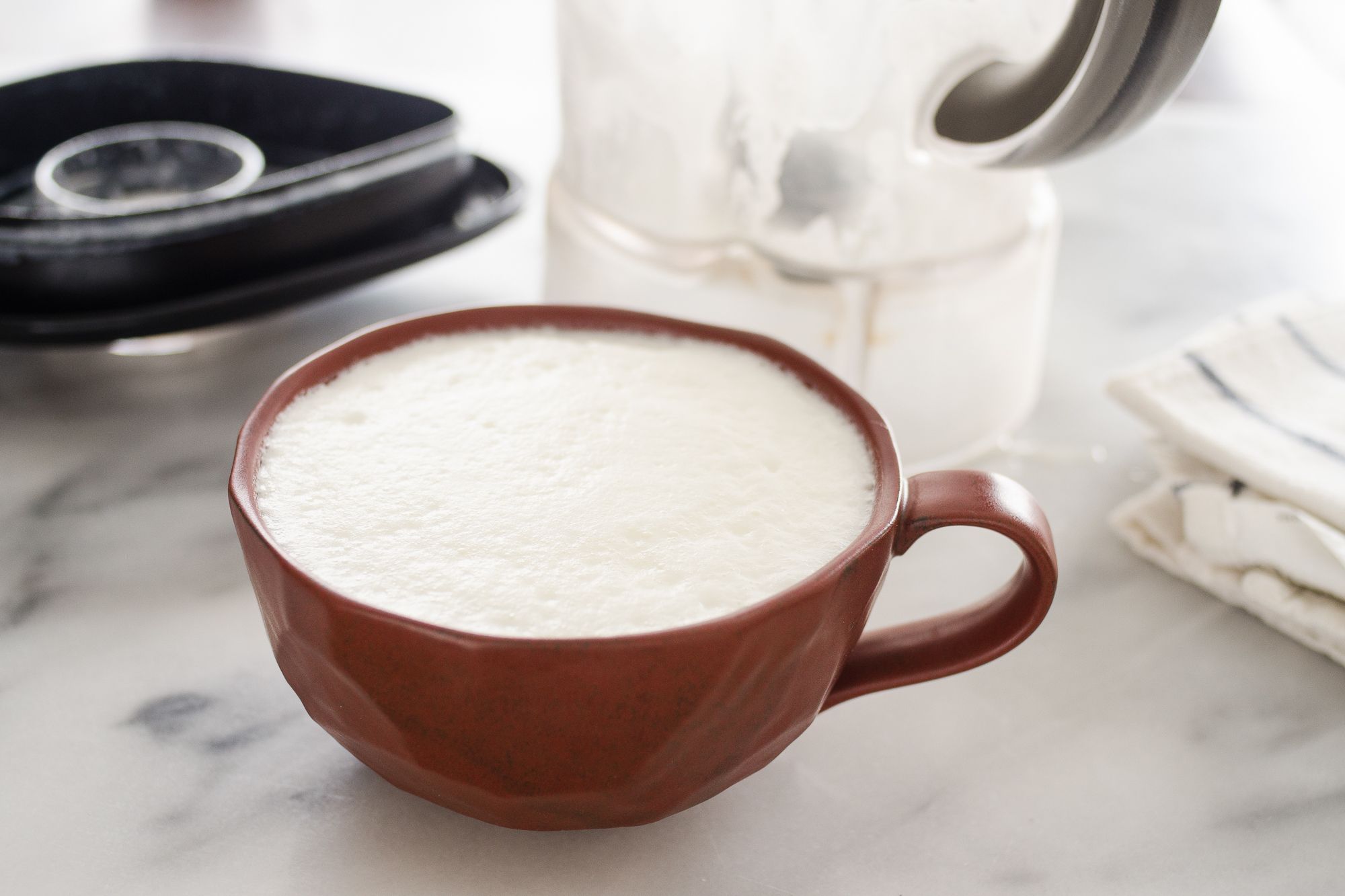
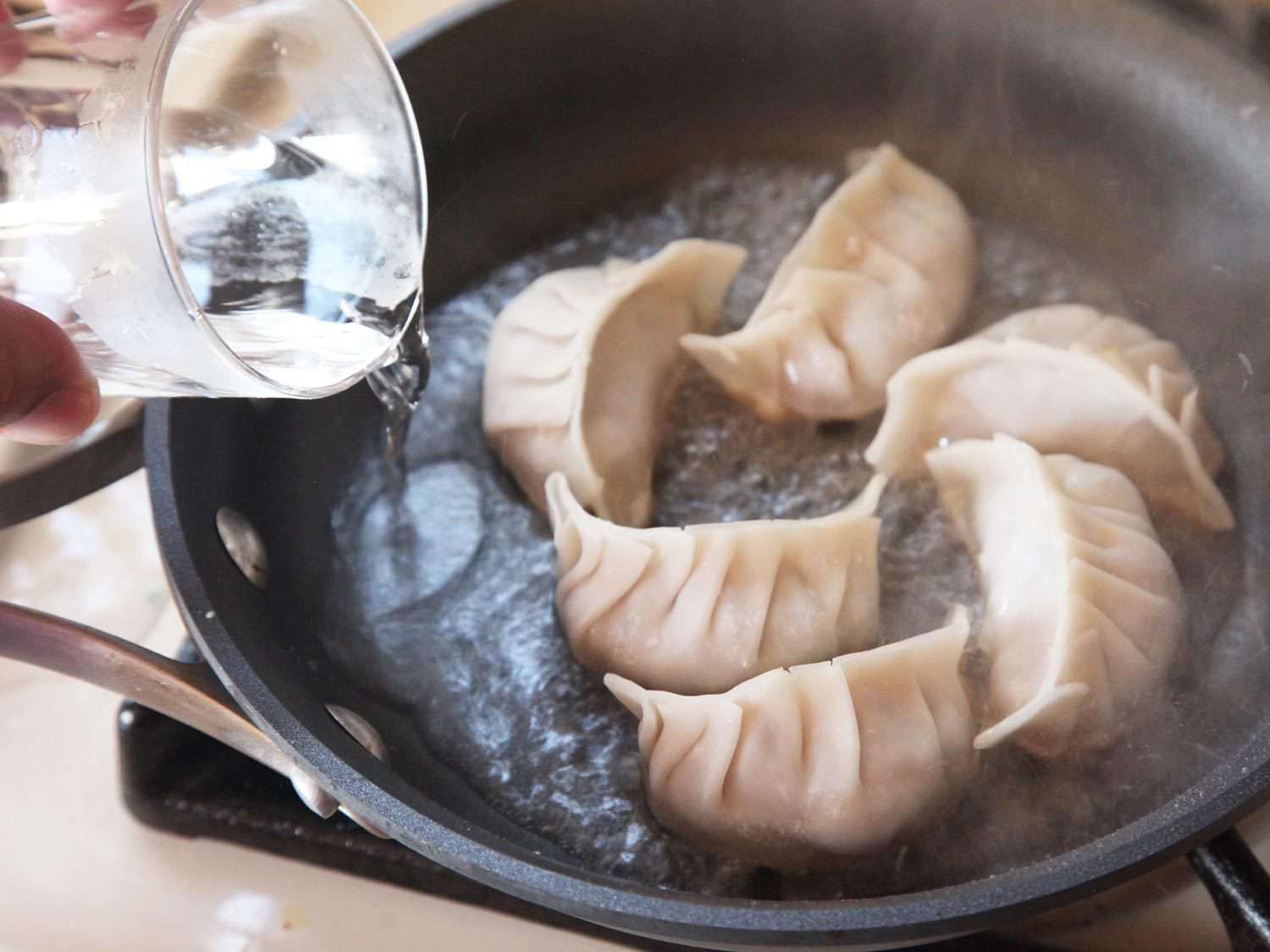
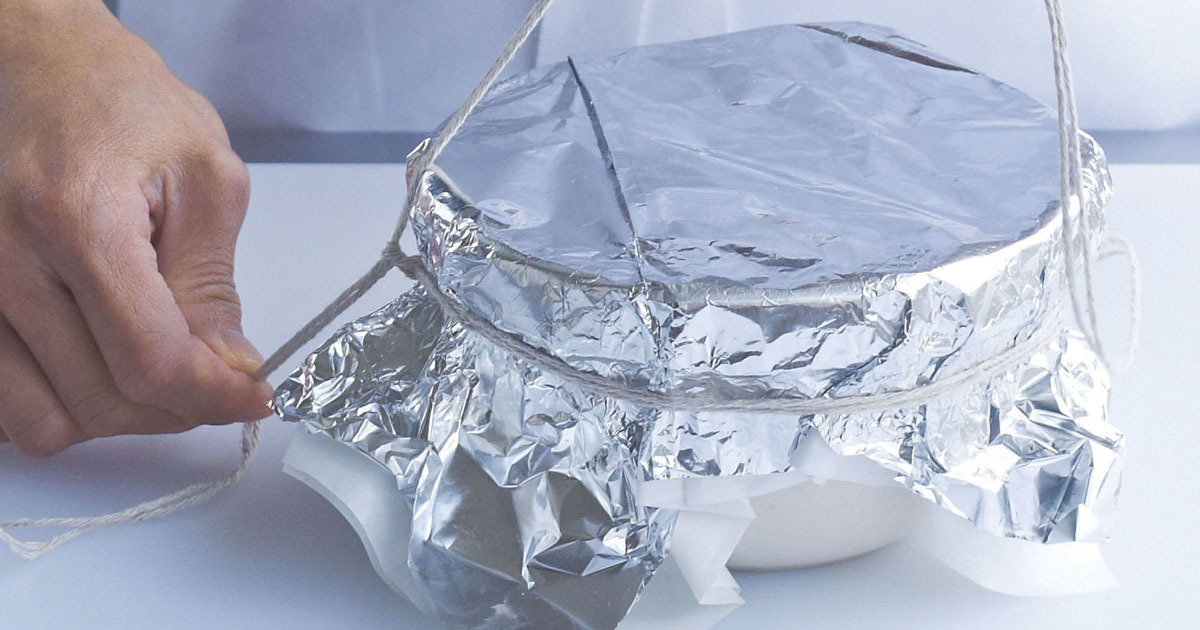
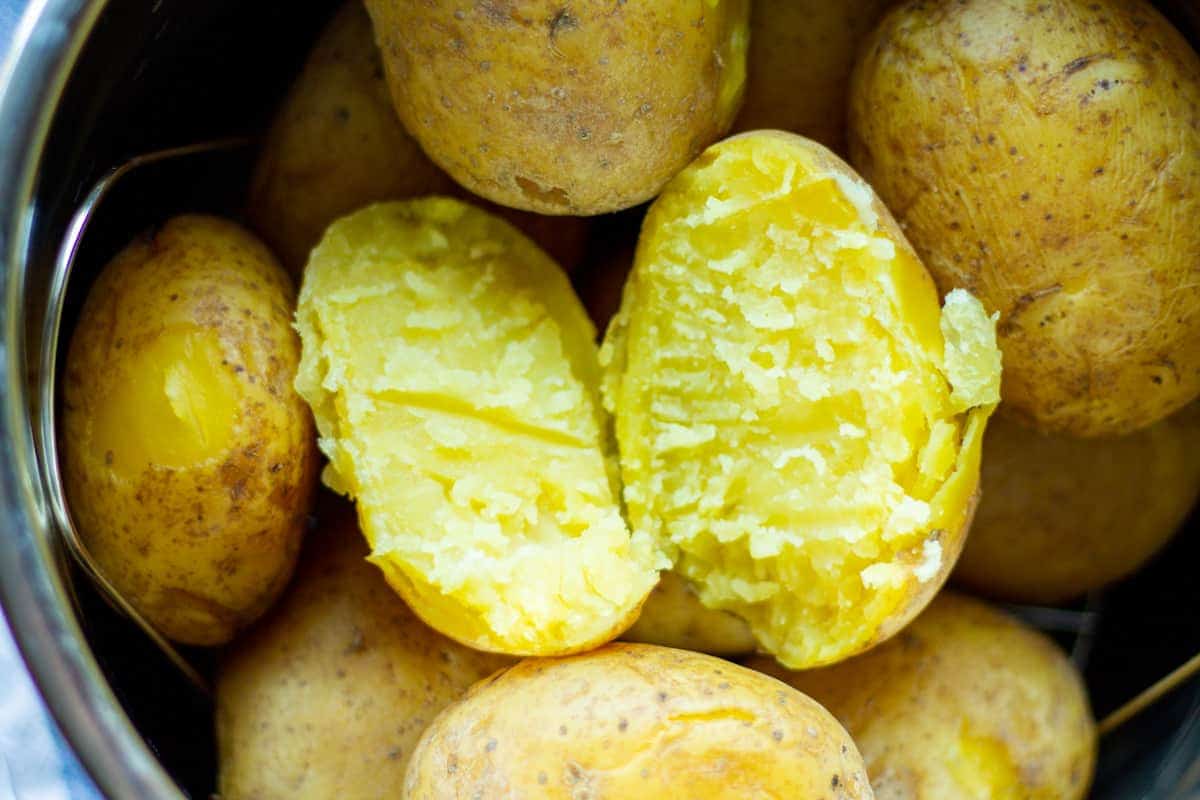
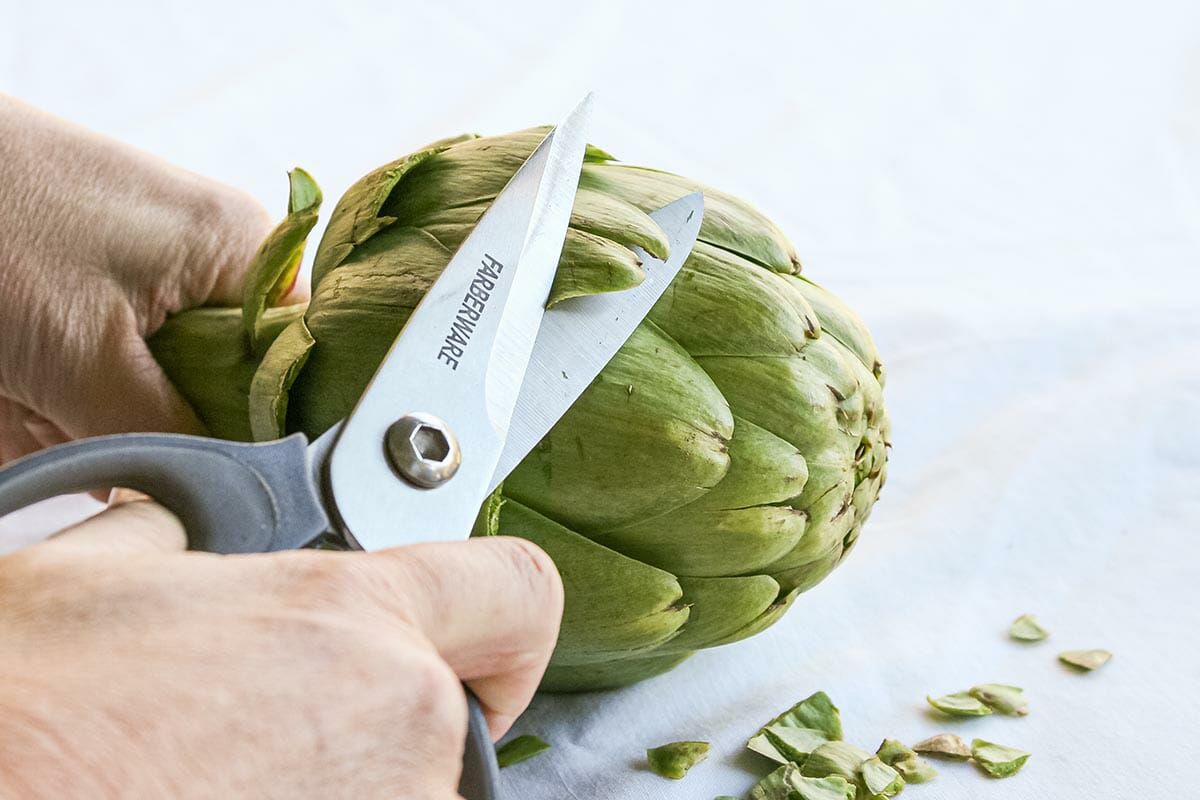

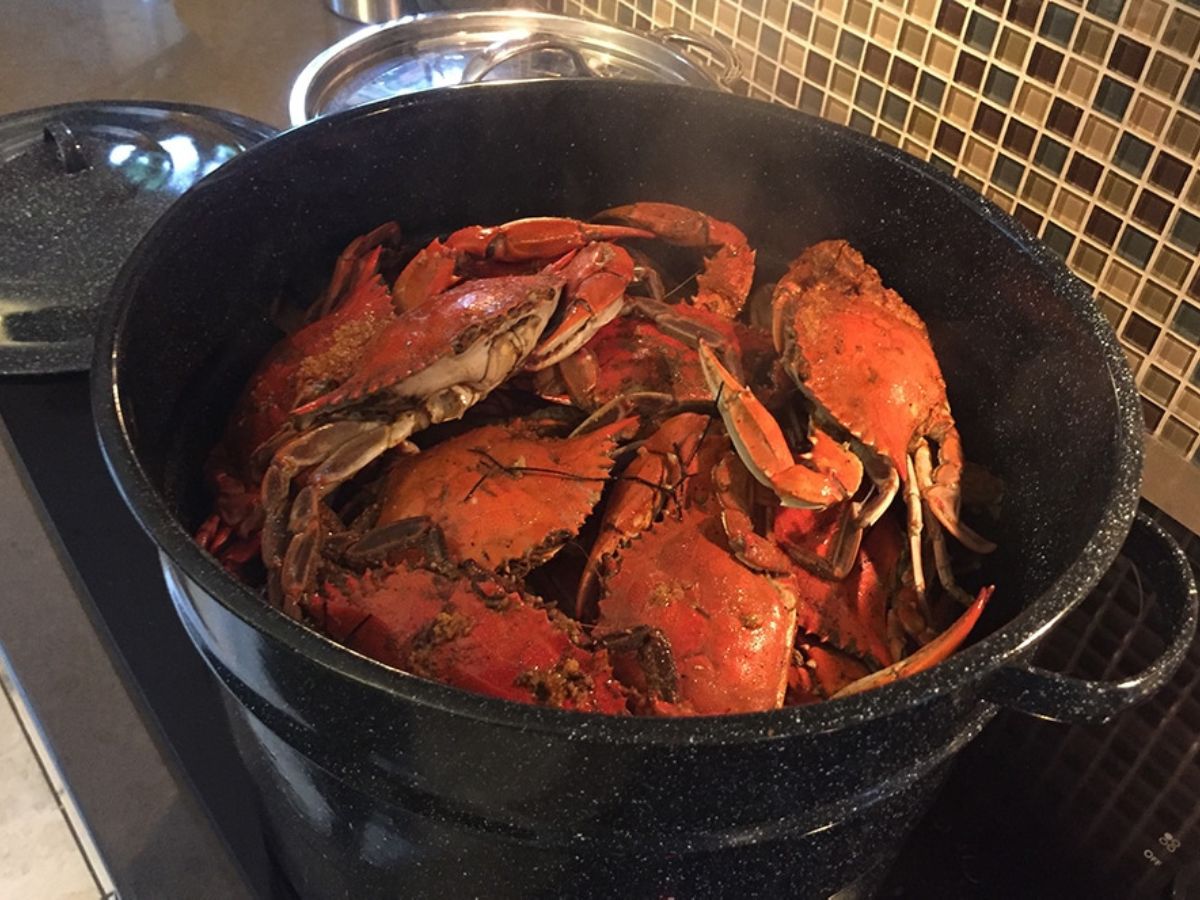
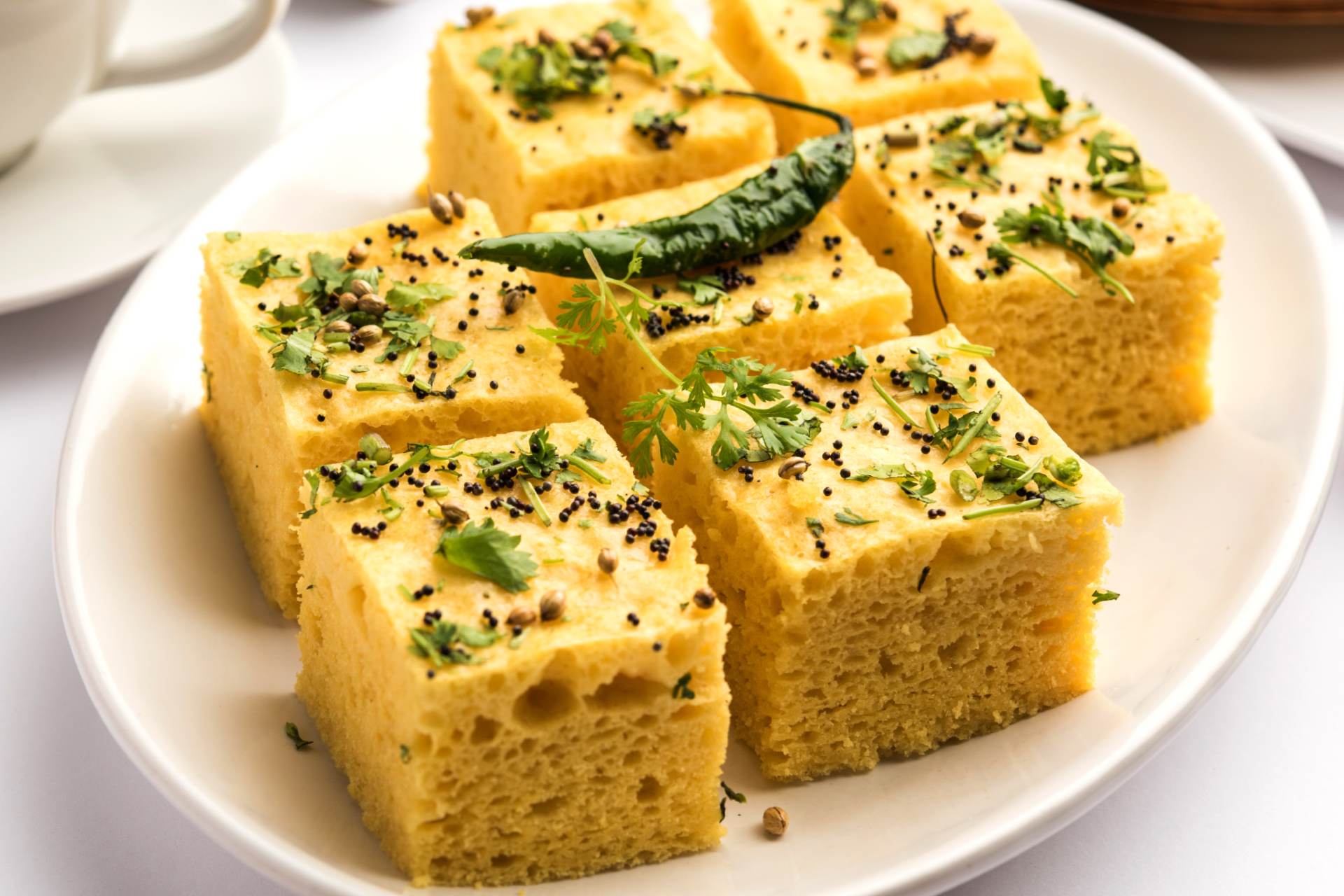


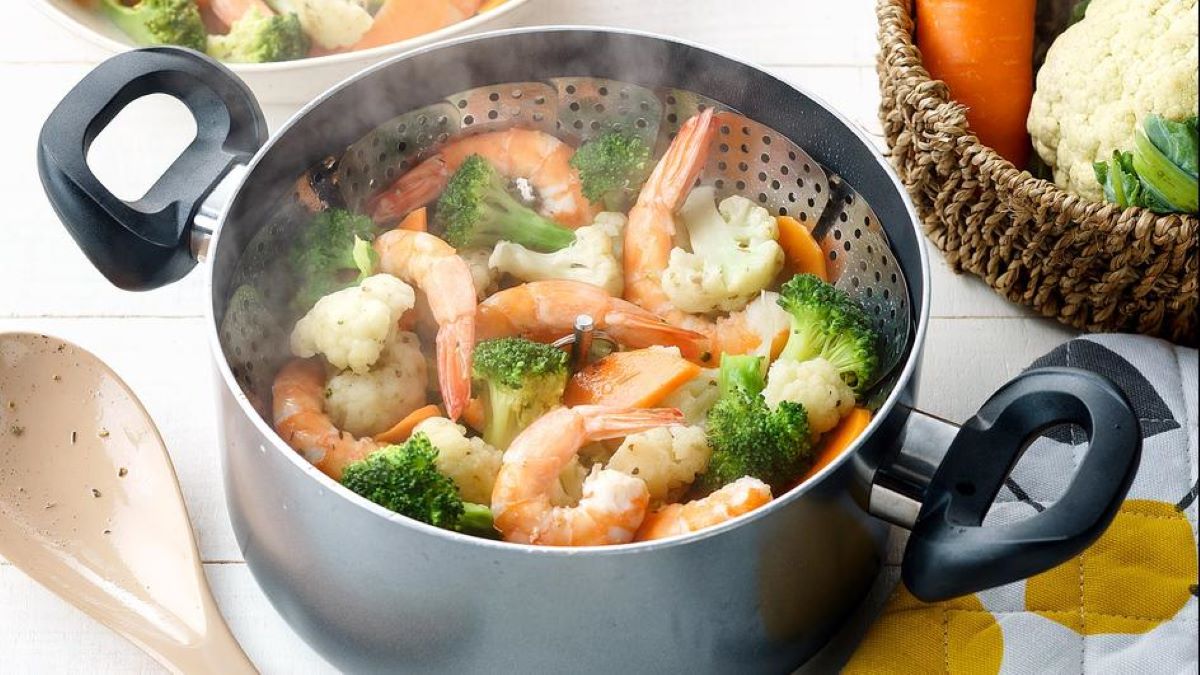



0 thoughts on “How To Cook Siomai Without Steamer”